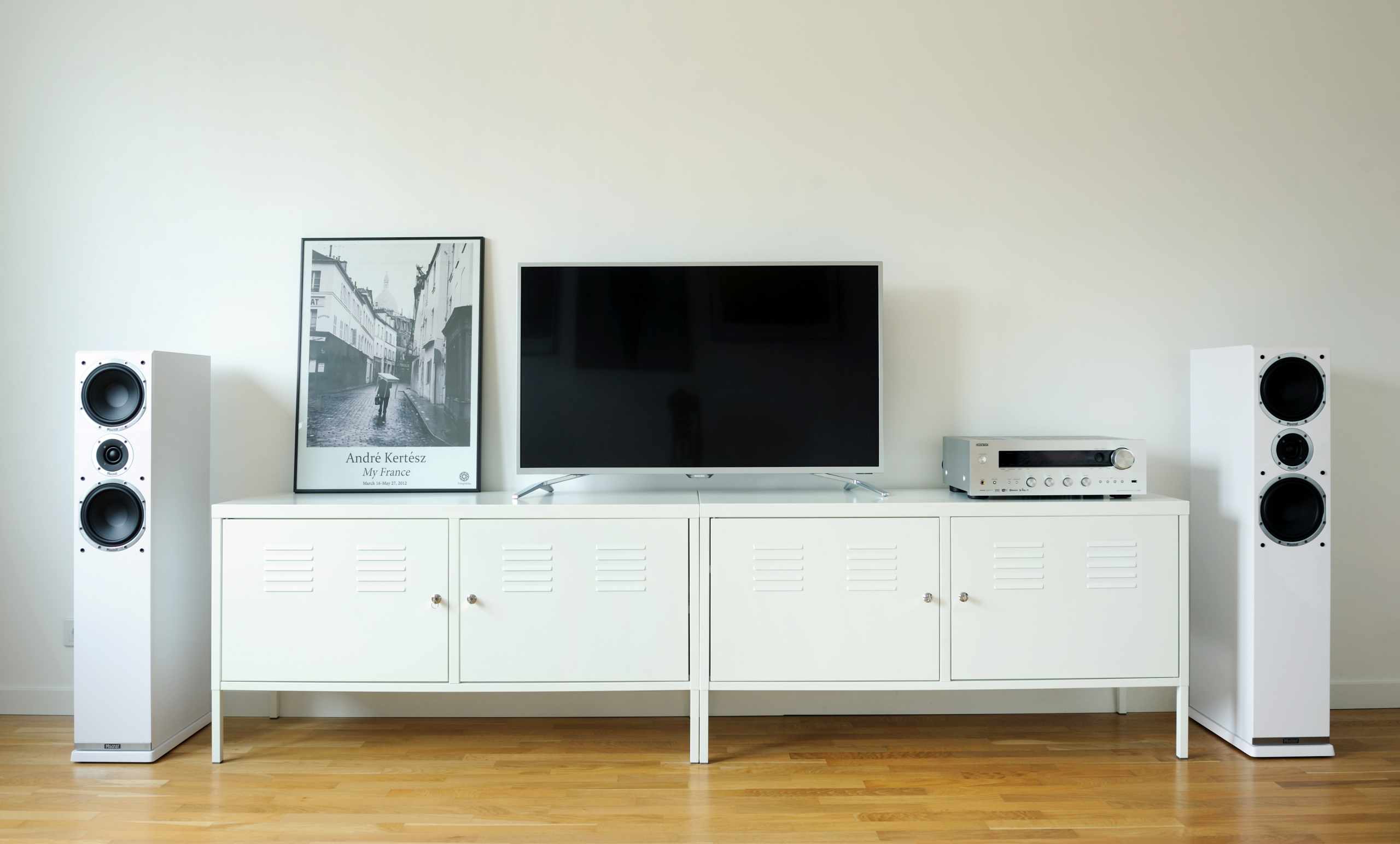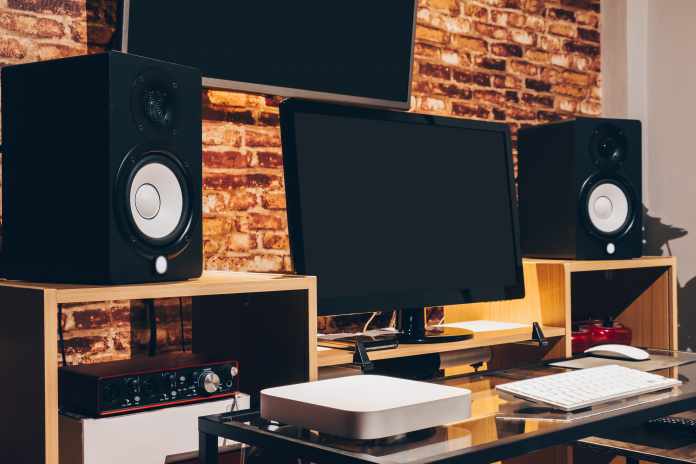Do you want a state-of-the-art home theater, but you can’t decide just how to go about creating it from scratch? Well, don’t fret. With these simple guidelines, you’ll have your ideal home theater set up in no time. In this blog, you will know 8 Tips for Creating an Ideal Home AV System.
An AV system is a unique device that connects various audio and video components capable of playing back music and film. Think of the home theater system in your living room as an investment that’s not just about seeing movies in surround sound. There are multiple components to consider when designing your dream home entertainment center. And, if you’re spoiling yourself with top-of-the-line hardware, it only makes sense to spend a significant amount of money where it counts most.
Here’s everything you need to know about setting up a fabulous home AV system:
- Pick the Right Room
Pick an empty room with solid walls without windows or recessed lighting. If your television is in front of a window, the sunlight could disrupt the picture quality and compromise your viewing experience.
So, it’s best to find a non-parallel wall, preferably longer than wide (the more significant, the better). This way, you can optimize sound quality while having the space to arrange your equipment correctly.
2. Evaluate the Size of Room and Viewing Distance
The size of the room will determine the minimum speaker size you’ll need to install. Bear in mind that the closer you sit to the speakers, the more powerful they’ll sound.
If you’re only watching movies once in a while, 5.0 or 5.1 speaker systems will do. However, if you watch movies regularly, it’s best to opt for 7.0 or 7.1 systems to make the most out of HD content.
Additionally, to know the size of your viewing area, measure the distance between where you’ll be seated and where you want speakers to go. Make sure you get the perfect sweet spot measurement, which is when the speakers are at least 13 feet apart from each other.
3. Smart Controls
To get the most out of your home theater system, choose AV receivers and speakers that can easily connect with all your gadgets, such as smartphones, tablets, and laptops. By doing so, you won’t have to buy more hardware as new technologies emerge––everything now works seamlessly together.
However, suppose you need help adding state-of-the-art features, including smart controls, to create an ideal AV system. In that case, you can always work with professionals who specialize in home AV installation and other related services. With experts by your side, you can take advantage of modern technology in bringing a customized theater experience and premium sound quality into your room.

4. Getting with Room Acoustics
Acoustic treatment is all about containing sound within the room you’re in. The best way to solve this? Hang heavy curtains on the walls, choose carpet over hardwood flooring, bring in area rugs, or cover bare walls with rigid cardboard.
You can also use professional acoustic panels that are easy to install––simply peel and stick them onto your wall.
5. Proper Speaker Placement is a Key
Speakers are best placed away from any reflective surfaces. So, try to position them at least an inch away from the wall behind, 10 inches away from sidewalls, and five feet away from corners to avoid sound distortion.
If you want immersive surround sound, it would be best to install speakers along the edges of your room about 2 feet above the floor facing each other. This way, you can enjoy true stereo effects since sound waves coming right at you will be mixed with those that bounce off the wall behind.
6. Get a Hold of Projection Screen Materials
Projection screen materials are designed to reflect images in the best way possible. This is because they play a significant role in how bright and colorful your home theater will appear. The type and nature of projection screen materials you use can play a crucial role in your projected image’s overall feel and look. Thus, it’s essential to choose suitable materials for your home AV system.
Typically, the two common types of projection screen materials to choose from are rear-projection screens and front-projection screens. Rear-projection screens are more expensive but provide image quality. On the other hand, front-projection screens are slightly cheaper but may not always be ideal for large rooms.
However, if you want everything customized, you can also consider building a DIY projector screen for a better AV experience.
7. Get Wired and Avoid Using Batteries
If you want to enjoy a rich, powerful sound, wired speakers are better than wireless ones. That’s because audio signals can be easily distorted when they travel through the air. So, it’s best to let them pass through less complicated mediums.
Typically, most people prefer to use a wired system even though it requires an extensive wiring job. After all, you can always take down what you’ve installed and reuse the wires elsewhere if needed. For example, if you want to change the arrangement of your AV equipment now and then, there’s no need to worry because wires can be dismantled and reused easily.
With that said, to make full use of your theater system, don’t hesitate to get wired and connect everything with cable and speaker wire. This way, you can ensure that all components have this connectivity.
8. Add Finishing Touches
Of course, it’s not enough to purchase and install speakers and AV receivers or other components. You have to decorate your room so it looks as smooth as what you hear.
Hang art on the wall, display framed pictures of your favorite movies or actors, and place media storage units near the seating area where everything can be easily accessed. Furnish the space with the right furniture, too. To get that ultimate comfort for marathon movie watching sessions, choose recliners over couches or an elite home theater seating!
Takeaway
There’s nothing like the authentic theater experience at home – watching your favorite movies on a massive screen while feeling comfortable and relaxed. Just remember, don’t skimp out the small details that make a big difference, like choosing the essential devices and equipment that are compatible with each other.
With this guide, designing your dream home cinema will be easy as 1-2-3!



















